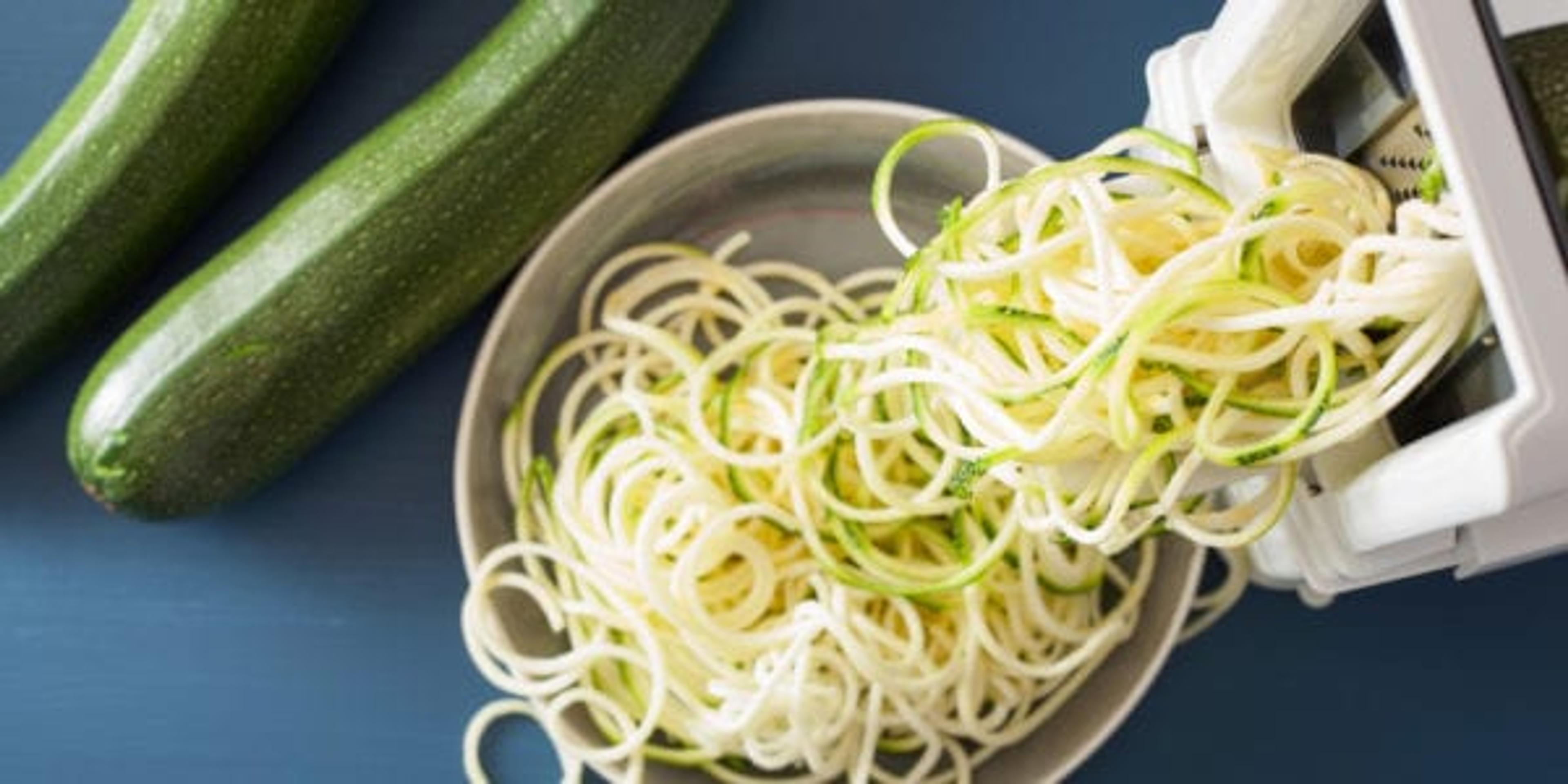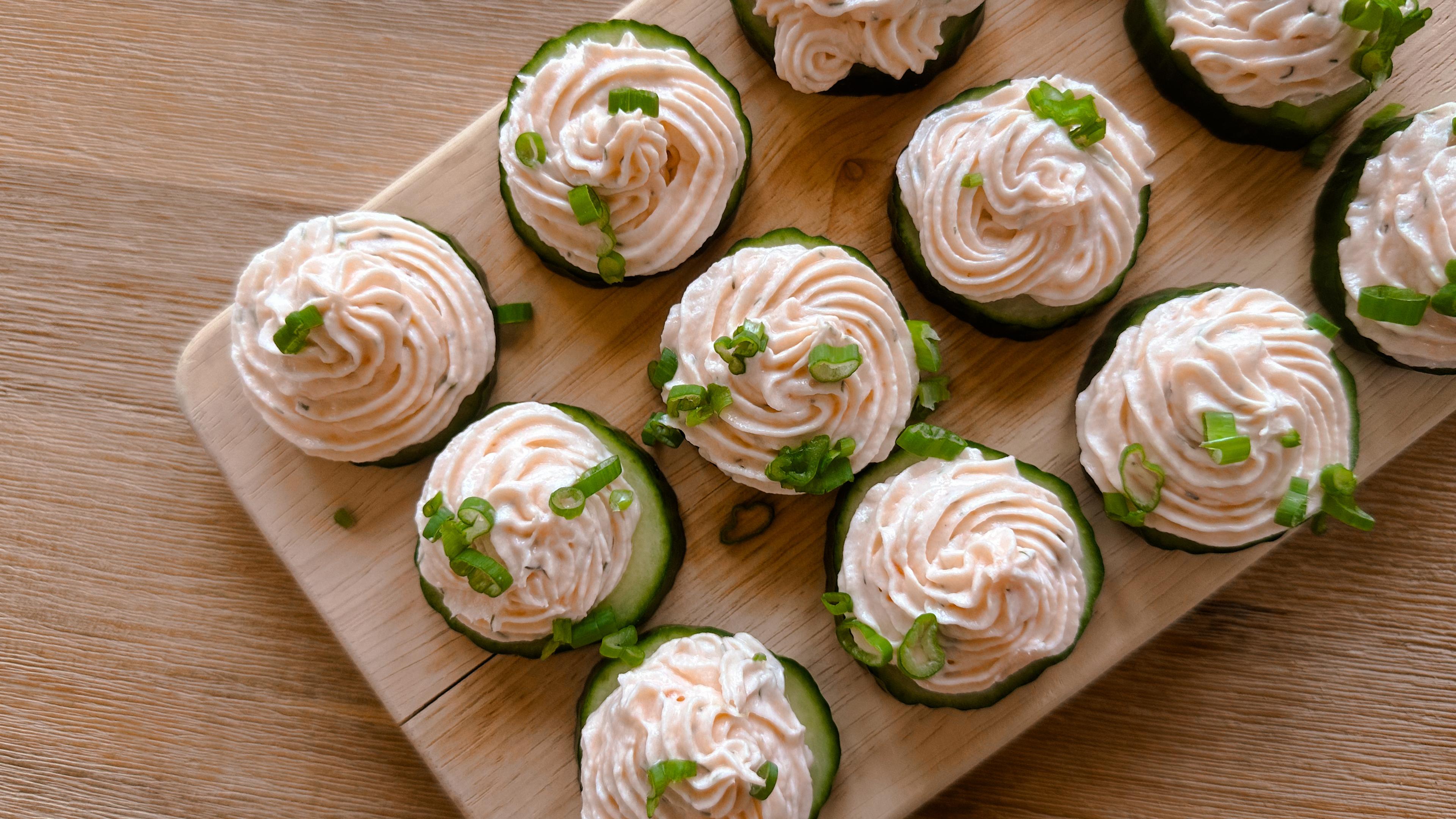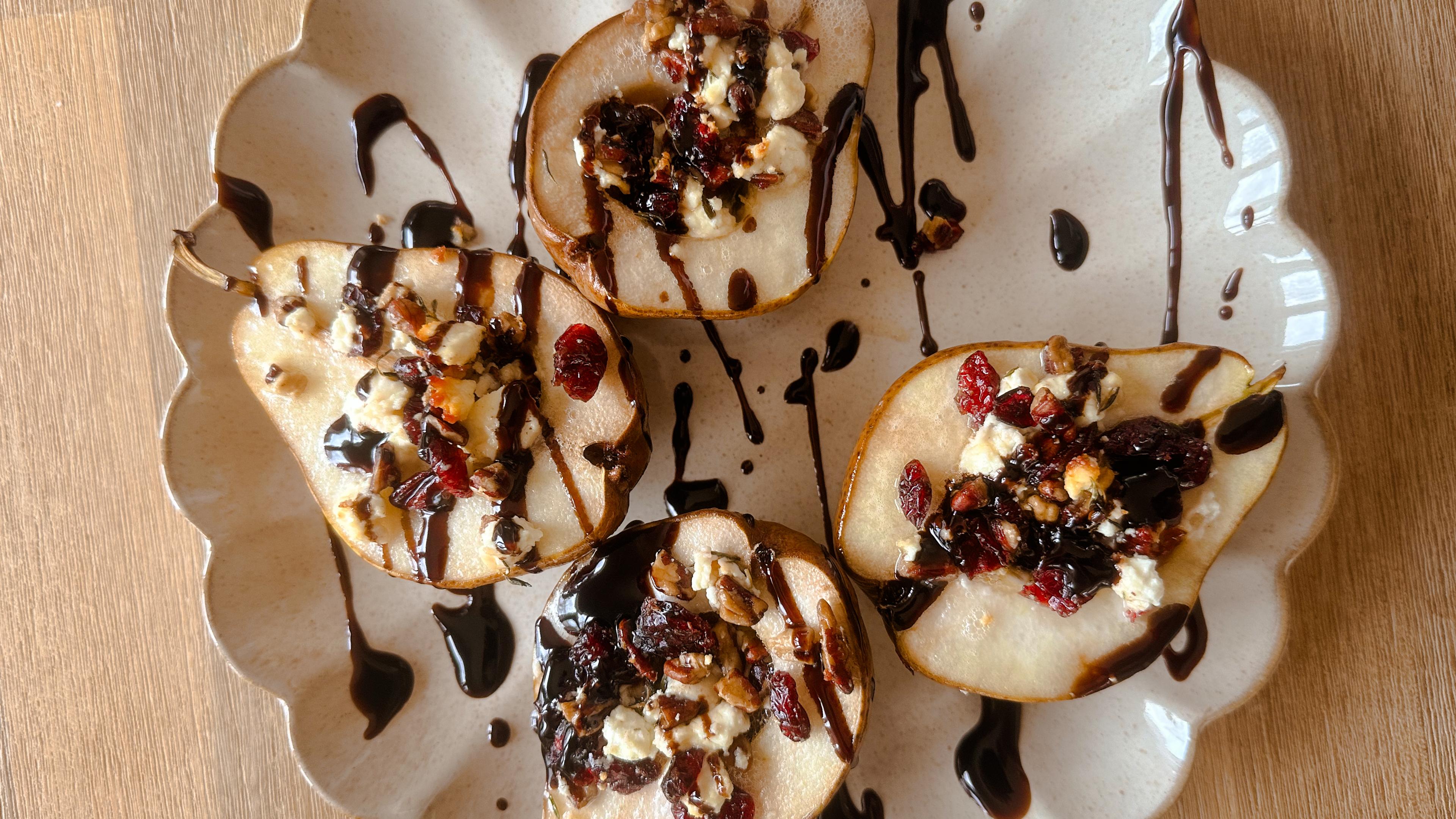How do Pasta Substitutes Measure Up?

Shanthi Appelo, MS, RD
| 4 min read

The National Pasta Association reports the average American consumes about 20 pounds of pasta each year.
More and more consumers are looking at low-carb alternatives for their favorite side dish. However, deciphering the marketing is tricky among these products and can make choosing the best option difficult.
For example, spinach pasta does not necessarily translate to the nutrient value of spinach. The pasta likely has a bit of vegetable puree and color added and is commonly disguised as a health product.
If you’re like me though, dinner is a success if pasta is on the table. Whether it’s served with a classic Italian slow-cooked tomato sauce or as lo mein accompanied by a tasty Asian-inspired sauce, it’s simply good. However, eating too much regular pasta racks up calories and excess refined carbohydrates.
To meet the demand for consumers interested in more “guilt-free” options, there are more than just vegetable-infused pasta in the grocery aisles. Though there are many options on the market for pasta substitutes, whole-wheat pasta has its upside by providing some healthy fiber and minerals. When considering pasta options, think about the sauce you’re serving it up with. A fried chicken parmesan or classic alfredo sauce aren’t healthy regardless of the pasta you choose.
Here’s how some common pasta substitutes stack up:
Vegetable noodles
The Centers for Disease Control and Prevention reports that less than 10% of American adults meet the standard for vegetable intake. Given our nation’s need for eating more vegetables and their nutrient-packed nature, it’s no secret vegetable noodles are the healthiest pasta substitute. From spiralized zucchini and sweet potato to spaghetti squash, vegetables can be shaped into pasta with the right equipment. The downside? Vegetables simply do not taste like regular pasta. Preparation is key in avoiding a soggy product or other textural problems.
Zucchini Noodle (Zoodle) Cooking Instructions:
- Salt and pepper noodles and wrap in paper towel.
- Cook in pan on medium-high heat covered with spray oil for 3-5 minutes.
- Drain water from pan and pat dry.
- Toss in sauce and eat right away to avoid zoodles getting soggy.
Bean-based pasta
Bean-based pastas are made from a variety of beans such as chickpeas, lentils and black beans. The beans are typically ground into a flour, or a bean powder is mixed with water to form the noodle. The great thing about beans? Of all pasta substitutes, they have the greatest source of fiber, another chronic disease-fighting nutrient lacking in many American diets. It even boasts four times the fiber of regular pasta and has twice the amount of plant-based protein. However, if your mission is to cut calories, you might be out of luck choosing this option. Many brands have calorie levels similar to that of wheat pasta. And finally, as with most specialty products, bean-based pastas come with a higher price tag than their wheat counterpart.
Chickpea Pasta Cooking Instructions:
- This type of pasta cooks very similar to its regular counterpart. Cook according to package instructions.
Shirataki noodles
This type of noodle, sometimes referred to as “miracle noodles,” are sometimes tofu-based with fiber from an Asian plant called konjac root. Low in calories, a whole package boasts only 20 calories, mostly from fiber and protein. The downside? Texture and a bit of a smell. The fibrous component from the konjac root gives the noodles an off-putting smell, a reason it comes packaged in water to help absorb it. Preparing them can be a bit tricky in order to get the right texture. To help get the noodles closest to traditional pasta, dehydrating them by placing the noodles in a non-greased pan on high and constantly stirring helps. The final step should be incorporating the noodles with sauce to avoid rehydrating the noodles too much.
Shirataki Noodle Cooking Instructions:
- Rinse and drain shirataki noodles and rinse in lukewarm water. This will help get rid of the smell.
- Pat noodles dry and sear in non-greased pan on high heat to rid of extra water for 3-5 minutes. Toss often to avoid burning.
- Mix with your favorite sauce and serve immediately.
Nutrient Comparison Guide
Nutrients in one serving listed on package Regular, wheat pasta Shirataki Noodles Zoodles Chickpea Pasta Calories 200 kcal 10 kcal 35 kcal 190 kcal Fat 1 g 0 g 0 g 3.5 g Total Carbohydrates
(Sugar)
(Fiber)
42 g
(2 g)
(2 g)
3 g
(0 g)
(3 g)
7 g
(0 g)
(2 g)
32 g
(5 g)
(8 g)
Protein 7 g 0 g 2 g 14 g
What’s your favorite pasta alternative? Share with us in the comments.

About the author: Shanthi Appelö is a registered dietitian and health and wellness spokesperson for Blue Cross Blue Shield of Michigan. Passionate about the science of nutrition and behavior, Shanthi has experience working in clinical nutrition, public health and teaching in the university setting. In her free time, she enjoys experimenting in the kitchen, exploring the outdoors, working on art and spending time with family.
Recipes you might like:
Photo credit: Olga Miltsova





